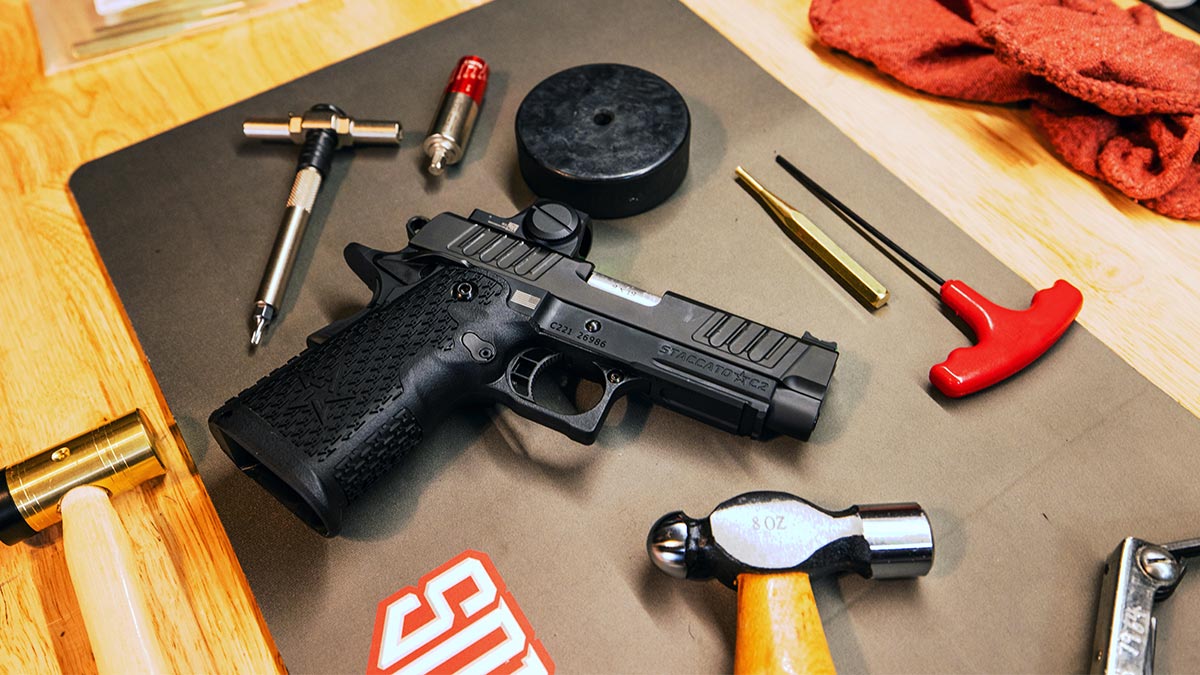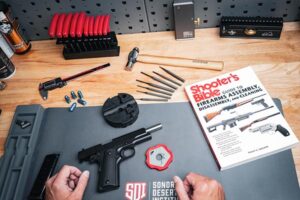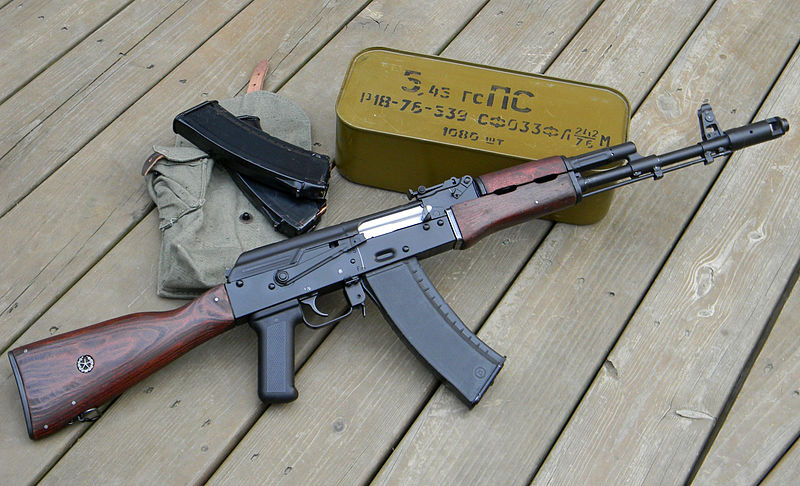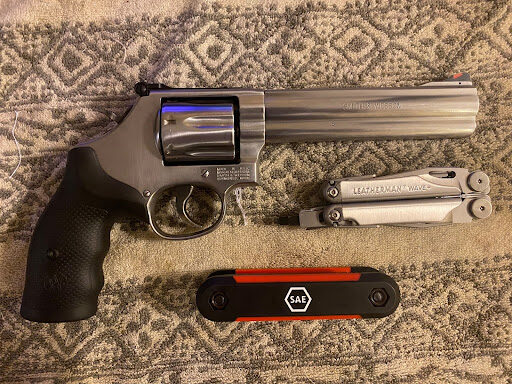
The 1911 pistol is one of the most recognizable handguns in history, known for its reliability, classic design, and extensive customization options. Among its key features is the beavertail grip safety, an often-overlooked component that plays a crucial role in both safety and ergonomics.
Many new 1911 owners might wonder: What does the beavertail actually do, and why do some 1911s have a bigger one than others? This article breaks down how the beavertail works, why it evolved, and whether an upgrade might be right for you.
What Is a 1911 Beavertail?
The beavertail grip safety is the curved extension at the top of the 1911’s grip, just below the hammer. It serves two primary purposes:
-
Acts as a Grip Safety – The 1911’s beavertail isn’t just a comfort feature. It’s an active safety mechanism. If the shooter doesn’t maintain a firm grip and depress the safety, the gun will not fire. Learn more about grips from NSSF.
-
Prevents Hammer Bite – On older 1911 designs, the spur hammer can pinch the web of your hand as the slide cycles, causing discomfort. The beavertail extends further back to shield your hand from this.
Classic vs. Modern Beavertail Designs
Not all 1911s have the same type of beavertail. The size, shape, and function can vary significantly depending on the model.
Older 1911 Designs:
Early military-issue 1911s (often referred to as GI-style 1911s) have a minimal beavertail and a spurred hammer. This combination increases the risk of hammer bite.
Modern 1911 Designs:
Many modern 1911s feature an extended beavertail, often paired with a commander-style or skeletonized hammer. This allows shooters to grip the gun higher for better control and comfort while eliminating hammer bite. Some manufacturers still produce classic-style 1911s, while others opt for an ergonomic extended beavertail for competition and defensive use.
Some manufacturers, like Springfield Armory, still produce classic-style 1911s, while others opt for ergonomic upgrades for competition and defensive use.
Why the Beavertail Matters for Shooters
A well-designed beavertail offers several benefits:
-
Better Comfort – A properly fitted beavertail allows for a higher grip without discomfort, preventing fatigue during long shooting sessions.
-
More Control – A high grip improves recoil management, making it easier to control muzzle rise, especially for rapid-fire shooting.
-
Customization Potential – If your 1911 doesn’t have an extended beavertail, there are aftermarket options to upgrade your pistol for a better fit.
Upgrading to an Extended Beavertail
If you own a classic-style 1911 and experience hammer bite or grip discomfort, you may want to consider an extended beavertail upgrade. However, not all 1911 frames are designed for a direct swap.
-
Drop-In Beavertail Safeties: Some beavertails are designed to fit specific 1911 models without frame modifications, making them an easy upgrade.
-
Machining Required: If your 1911 frame isn’t cut for an extended beavertail, a gunsmith may need to modify the frame for proper fitment.
Before upgrading, check whether your 1911 frame is already cut for an extended beavertail or if you’ll need additional fitting.

Learn More: 1911 Training at SDI
If you’re serious about understanding and working on 1911-style firearms, Sonoran Desert Institute offers an elective course designed just for that. FTE 211: 1911 Advanced Armorer is available in both the Associate of Science in Firearms Technology and the Certificate in Firearms Technology – Gunsmithing programs.
This 4-credit course provides a deep dive into the 1911 platform, including its history, internal function, troubleshooting, customization, and repair. Students will walk through a full build kit in a step-by-step lab and explore how to fine-tune the 1911 for accuracy, reliability, and personal style. Note: Students must be at least 21 years old to select this course.
Final Thoughts: Does Your 1911 Need an Extended Beavertail?
If you’ve ever experienced hammer bite, an extended beavertail is a game-changer. It allows for a more comfortable, higher grip, improving both safety and recoil control.
While some 1911 purists prefer the traditional GI-style design, many shooters opt for modern beavertails to enhance comfort and performance.
Whether you’re restoring a classic 1911, upgrading your carry gun, or just learning more about firearm ergonomics, understanding the role of the beavertail can help you make better choices for comfort and performance.
Want to learn more about firearms technology and gunsmithing?
Explore Sonoran Desert Institute’s online programs to take your firearm knowledge to the next level.



